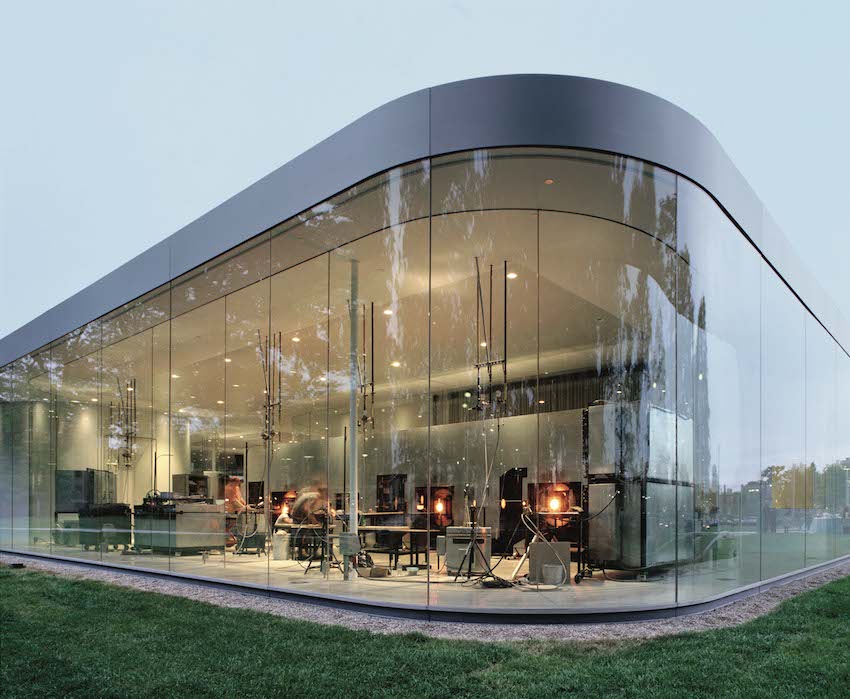Views and Glass for Stadium Applications
Learning Objectives:
- Describe the float glass manufacturing process and the components used to produce glass.
- Identify key terminology and concepts related to glass, including light, heat, UV and thermal stress, and reflectance.
- Explain the difference between monolithic and laminated glass.
- Understand the different between pyrolytic and sputter coatings on glass.
- List the ways in which glass can be used for improved visibility, safety, and sound attenuation in stadiums.
Credits:
This course is part of the Stadiums Academy
This course will cover a variety of different aspects of glass and the glass-making process. Different types of glass have different levels of reflectance and visible light transmittance, along with various transmitted color properties. Visibility is especially important in stadium applications and therefore so are considerations to coloration and reflectance levels in glass. Glass can be made with low-iron materials to improve color properties or with special coatings that significantly reduce distracting reflections. This is called antireflective glass. When laminated, antireflective glass can improve safety and sound, and protect from UV radiation. This learning unit will provide an overview on antireflective glass with pyrolytic coatings and explain how they can be specified in stadium applications.

Photo courtesy of Pilkington North America






